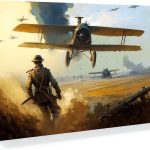Introduction
Aviation art captures the thrill, elegance, and history of flight through the eyes of artists. From dramatic dogfights and serene sky scenes to detailed portraits of legendary aircraft, aviation art brings the spirit of aviation to life on canvas and in sculpture. Whether you’re a pilot, collector, or art enthusiast, this beginner’s guide will help you understand what aviation art is—and why it soars above the rest.
Defining Aviation Art
Aviation art is a genre of visual art that focuses on aircraft, pilots, and aviation-related scenes. It can range from realistic depictions of historical moments to abstract interpretations of flight. The purpose is not only to showcase machines but to express the emotion, bravery, and innovation associated with flying.
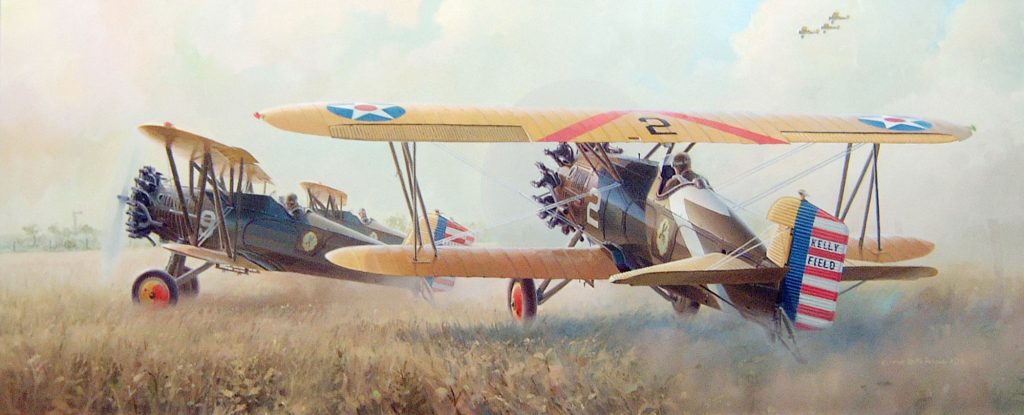
Common Themes in Aviation Art
1. Historic Military Aviation
Scenes from World War I, World War II, and modern air conflicts are a popular theme. Artists often depict:
- Famous dogfights
- Legendary pilots (e.g., the Red Baron, Tuskegee Airmen)
- Iconic aircraft like the Spitfire, B-17, or F-22
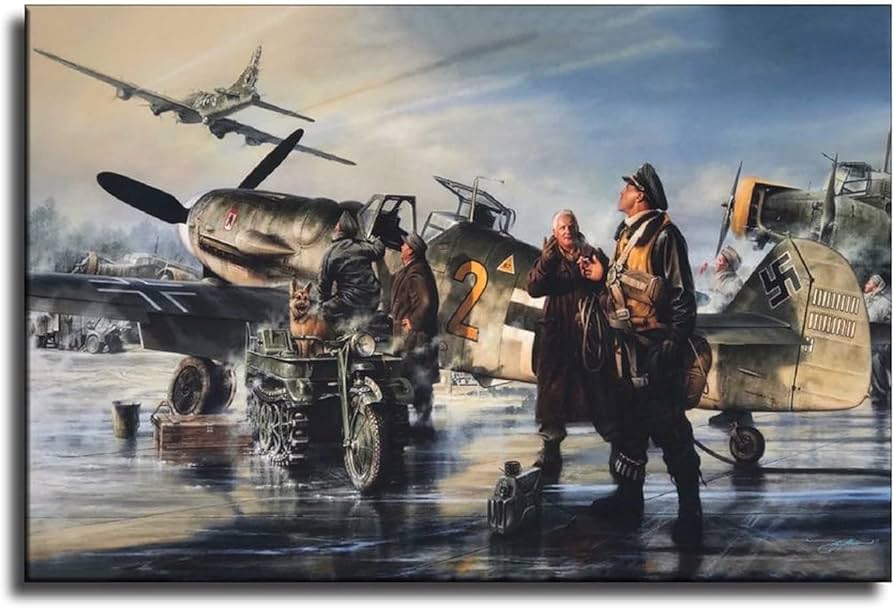
2. Civil and Commercial Aviation
These artworks highlight the progress of air travel:
- Vintage passenger planes like the DC-3
- Modern commercial jets
- Behind-the-scenes airport or cockpit views
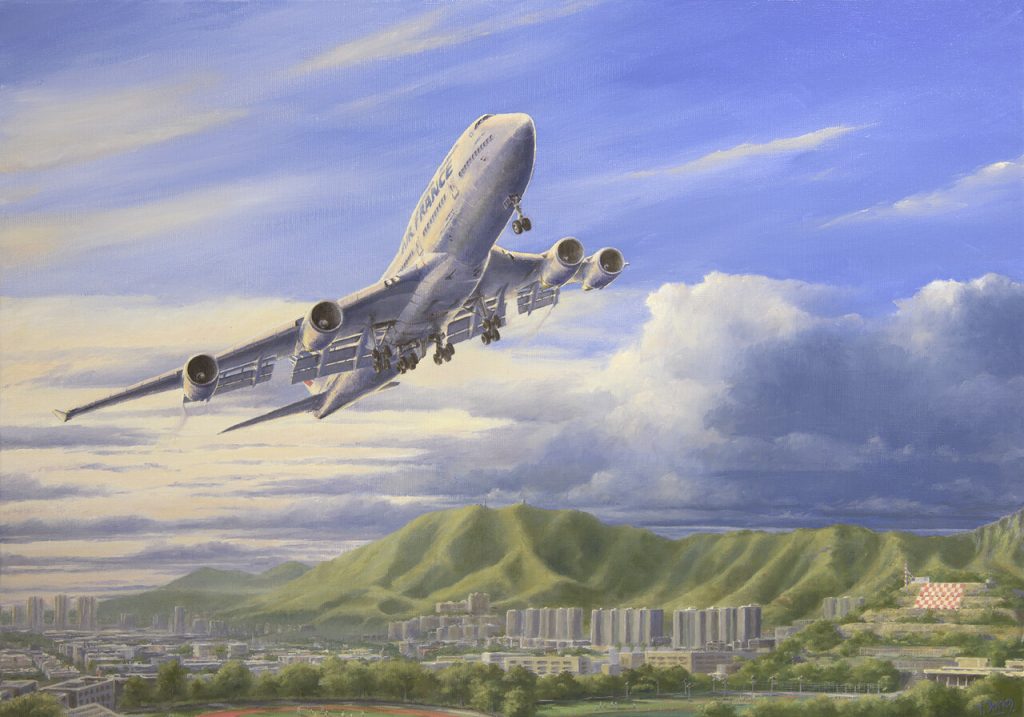
3. Space and Aeronautics
Some aviation art crosses into space, showcasing rockets, space shuttles, and orbital scenes—often blurring the line between aviation and space art.

4. Abstract and Conceptual Works
Not all aviation art is literal. Some artists focus on movement, speed, or the emotional experience of flight through color and form.
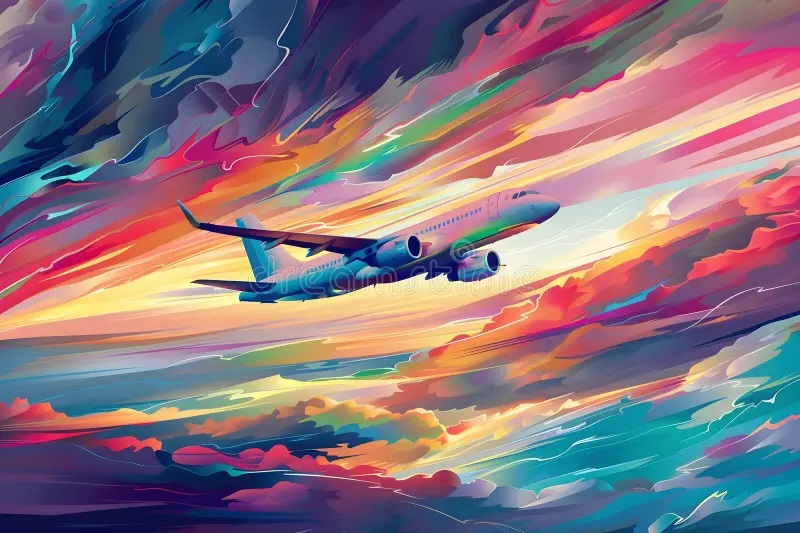
Mediums Used in Aviation Art
- Oil and Acrylic Paintings: Rich textures and dramatic lighting
- Watercolor: Often used for more fluid or atmospheric effects
- Sketches and Line Art: Great for technical detail
- Digital Art: Growing in popularity for dynamic, high-contrast scenes
- Sculpture and 3D Models: Especially in museum exhibits or private collections
Notable Aviation Artists
Robert Taylor
Known for his detailed WWII paintings and ability to capture emotion in flight scenes.
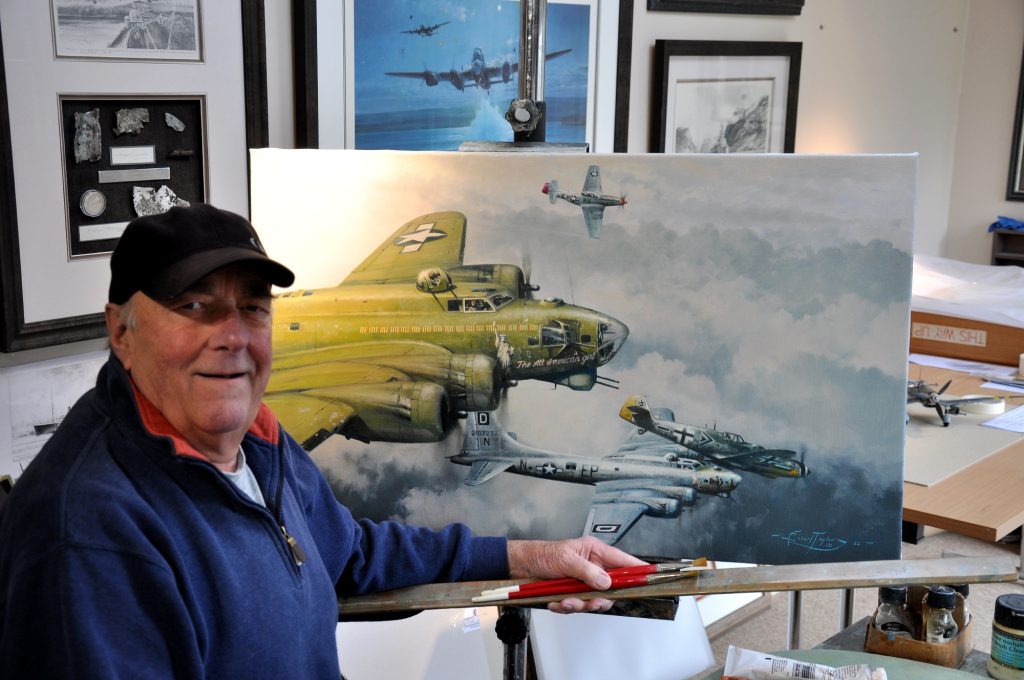
Keith Ferris
An official U.S. Air Force artist whose works appear in the Smithsonian.
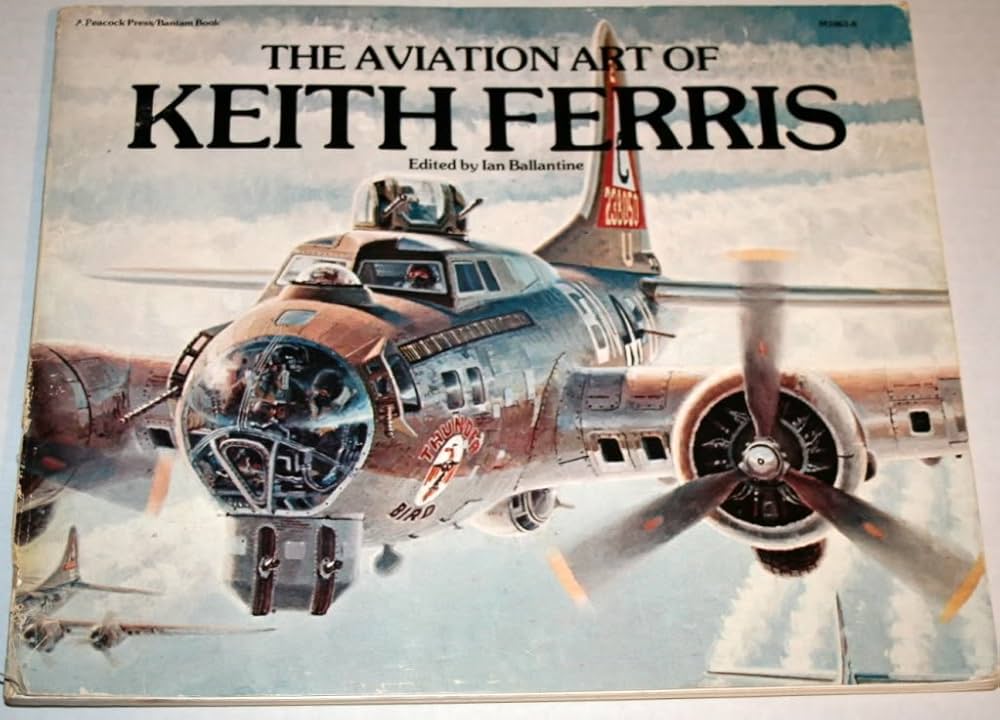
John Young
Famous for dynamic scenes of early aviation and civil aircraft.
Tip: Explore both contemporary and classic aviation artists to see the evolution of the genre.
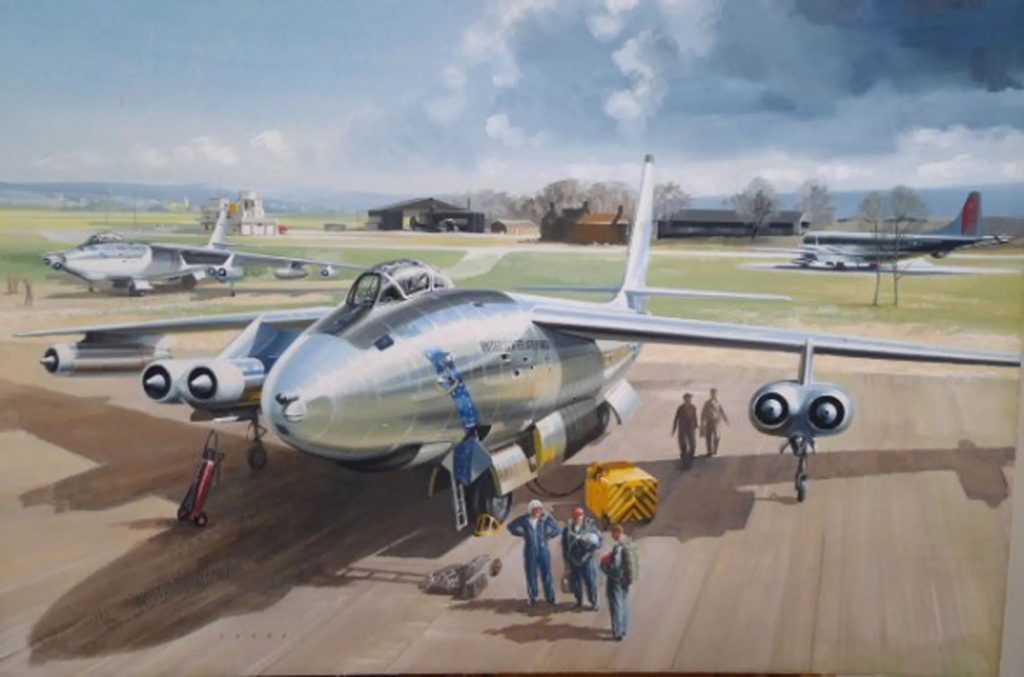
Where to Find Aviation Art
- Aviation Museums and Exhibits (e.g., Smithsonian Air and Space Museum)
- Art Galleries with Military or Historical Focus
- Online Stores and Marketplaces (e.g., AviationArtStore.com, Etsy, eBay)
- Airshows and Aviation Conventions
- Artist Websites and Print Shops
Bonus: Many aviation artists offer limited edition signed prints or commission services.
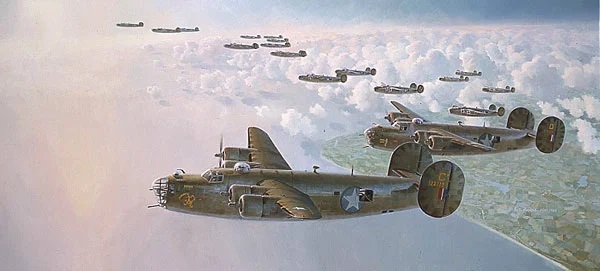
Why People Collect Aviation Art
- Connection to Personal or Family History
- Passion for Flight or Military Heritage
- Decor for Hangars, Offices, or Home Libraries
- Investment in Limited Edition Prints and Originals
It’s not just about the aircraft—it’s about the stories they tell and the feelings they evoke.
Getting Started as a Collector or Artist
For Collectors:
- Start with affordable prints or digital downloads
- Focus on a specific era or aircraft type you love
- Frame your art with UV-protective glass for longevity
For Aspiring Artists:
- Study aviation history and aircraft design
- Use reference photos and visit aircraft museums
- Experiment with both realistic and expressive styles

Conclusion
Aviation art is a beautiful intersection of engineering and emotion—where the marvels of flight become timeless works of art. Whether you’re hanging your first Spitfire print or sketching your own version of a Moon landing, diving into aviation art is a journey worth taking.


